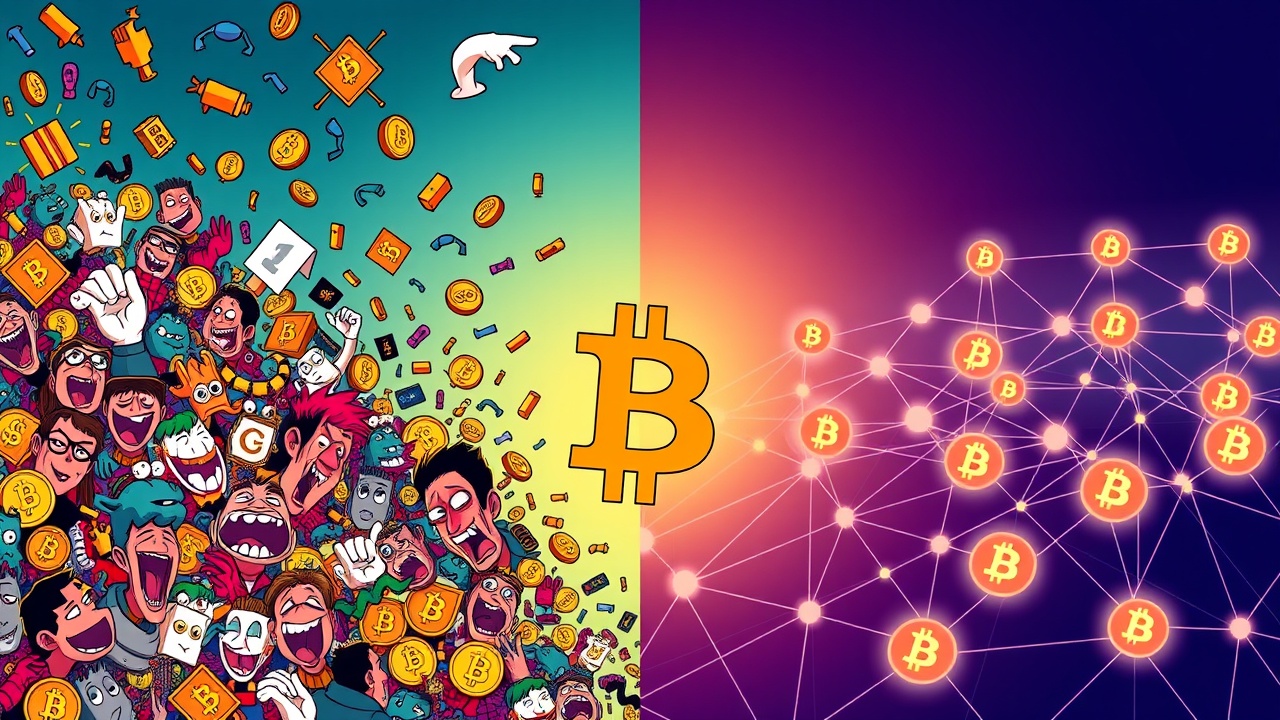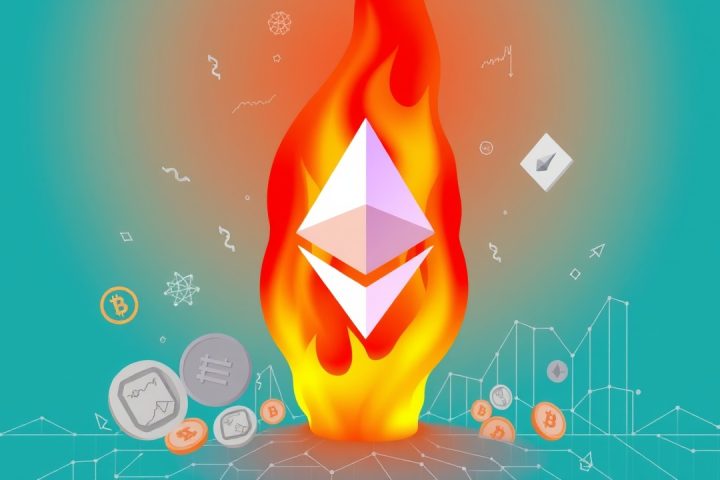Introduction to Bitcoin’s Evolution
Since its introduction of the Ordinals protocol in late 2022, the Bitcoin network has sparked a variety of innovative explorations into its potential as a value-based network. As interest shifts, Bitcoin’s previously vibrant meme culture is losing momentum, revealing that communities are becoming disengaged from short-lived trends and instead are seeking pathways that lead to lasting value. This shift indicates that Bitcoin may be transitioning from speculative hype towards genuine utility and long-term growth.
The Historical Context of Meme Culture
Historically, the rise of meme-driven narratives in the cryptocurrency space can be traced back to 2017 with the launch of CryptoKitties on the Ethereum network, which set the stage for similar speculative assets. This trend has evolved on Bitcoin with initiatives like BRC20 and Runes, yet the initial excitement surrounding meme tokens and NFTs now faces scrutiny as the community seeks deeper meanings and applications.
Shifts in Community Engagement
One noticeable evolution within the meme narrative realm is the shift from centralized projects promoting these assets to a more decentralized and community-driven issuance mechanism. Early meme projects often relied on funding and marketing from their creators; however, now, the Bitcoin ecosystem is seeing organically generated meme-driven content that reflects the community’s engagement. Despite this evolution, many projects continue to chase speculative returns, highlighting the limitations of such a model.
The Quest for Real Value
As investors grow disenchanted with these fleeting narratives, there’s a growing curiosity about whether cryptocurrencies can transcend mere speculation and truly facilitate value generation and real-world applications. This sentiment has amplified the focus on Web3 applications, offering substantial benefits in comparison to the transient amusement of memes. Notable examples within this movement include Friend.tech, Bluesky, and Lens, which are garnering interest as they seek to provide tangible value through decentralized solutions.
Web3: A New Paradigm
Web3 is emerging as a pivotal replacement for memes, promoting deeper technological advancement and ecosystem growth. From decentralized finance (DeFi) to social media and gaming platforms, Web3 applications empower users to participate meaningfully in the digital economy, moving beyond mere entertainment to create productive interactions.
Challenges Ahead
As Bitcoin and its accompanying technologies mature, advancements in blockchain capabilities, fee reduction, and security enhancements are making it feasible for these innovative applications to flourish on the network. Despite this progress, significant obstacles remain in the form of data sovereignty, high transaction costs, and fragmented ecosystems. Addressing these challenges is crucial for unlocking the full potential of Web3 solutions.
Key Challenges
- Data Silos: The existence of data silos inhibits users from seamlessly moving their data across different platforms. To realize the true potential of Web3, applications must prioritize data ownership, enabling users to control and transfer their information fluidly.
- Lack of Unified Identity: The lack of a unified on-chain identity complicates user journeys across various applications. Implementing a robust identity system could facilitate easier navigation among different Web3 experiences, allowing users to engage without repeated logins.
- High Transaction Fees: High transaction fees are another roadblock hindering widespread adoption of these technologies. For many, the cost of interaction can be prohibitive, underlining the need for low-cost solutions. Innovative sidechain initiatives, such as Bitcoin’s MVC, promise to deliver more economical transaction methods.
- Integration of Platforms: The integration of Web3 platforms is crucial for providing a cohesive user experience, eliminating the need for users to switch between applications.
Encouraging Developments
Although many of these challenges are still prevalent, there are encouraging developments underway. Protocols such as Nostr and MetaID are exploring solutions for data interoperability and user identity, demonstrating the potential for breakthroughs. MetaID’s approach, which combines social networking, trading, and decentralized operations under a unified identity system, illustrates a forward-thinking model that could mediate the user experience effectively and incentivize participation across the ecosystem.
The recent launch of MetaSo, an open-source middleware aimed at improving the Web3 social landscape, shows promise by facilitating rapid deployment of decentralized networks. While reducing technical hurdles for node deployment, its focus on user-driven data ownership and incentives aims to create a symbiotic relationship among participants.
Conclusion
As the landscape evolves, Web3’s emergence within the Bitcoin ecosystem points towards a promising shift from meme culture to substantive value creation. This transformation is not just a change in narrative but represents a fundamental shift in how decentralization and blockchain technologies could reshape our digital lives. Overall, the Bitcoin community is poised for meaningful innovation, and as new protocols gain traction, they are likely to redefine the paradigm of value exchange.




